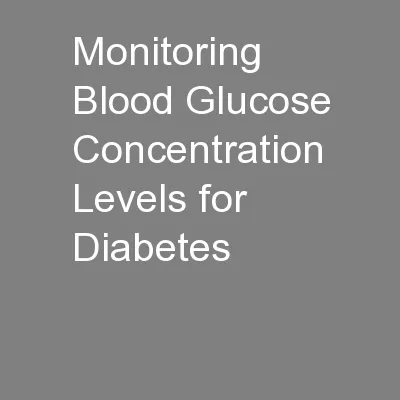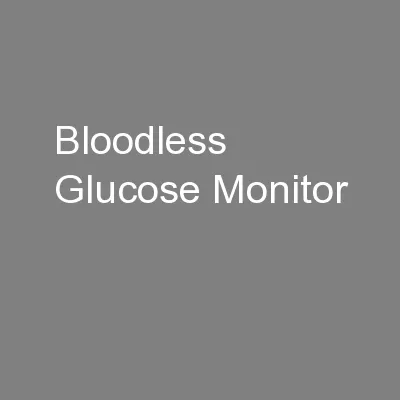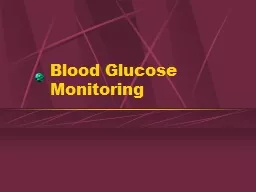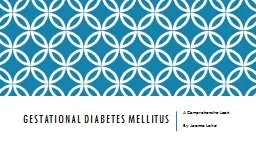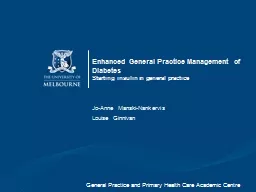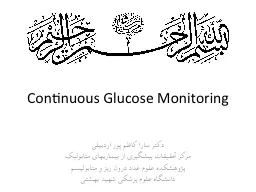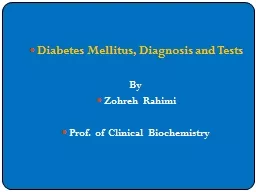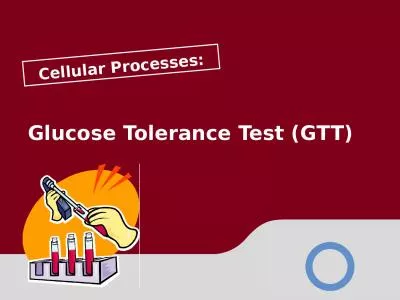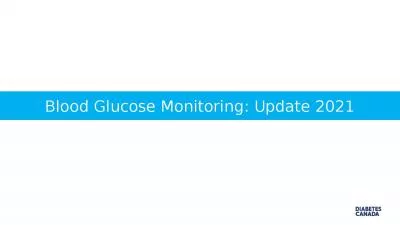PPT-Monitoring Blood Glucose Concentration Levels for Diabetes
Author : ellena-manuel | Published Date : 2016-06-22
LabView Diane Kim Final Presentation Knoxville Tennessee Diabetes Lack of insulin produced in ones pancreas or the insulin is incompatible with ones body Insulin
Presentation Embed Code
Download Presentation
Download Presentation The PPT/PDF document "Monitoring Blood Glucose Concentration L..." is the property of its rightful owner. Permission is granted to download and print the materials on this website for personal, non-commercial use only, and to display it on your personal computer provided you do not modify the materials and that you retain all copyright notices contained in the materials. By downloading content from our website, you accept the terms of this agreement.
Monitoring Blood Glucose Concentration Levels for Diabetes: Transcript
Download Rules Of Document
"Monitoring Blood Glucose Concentration Levels for Diabetes"The content belongs to its owner. You may download and print it for personal use, without modification, and keep all copyright notices. By downloading, you agree to these terms.
Related Documents

